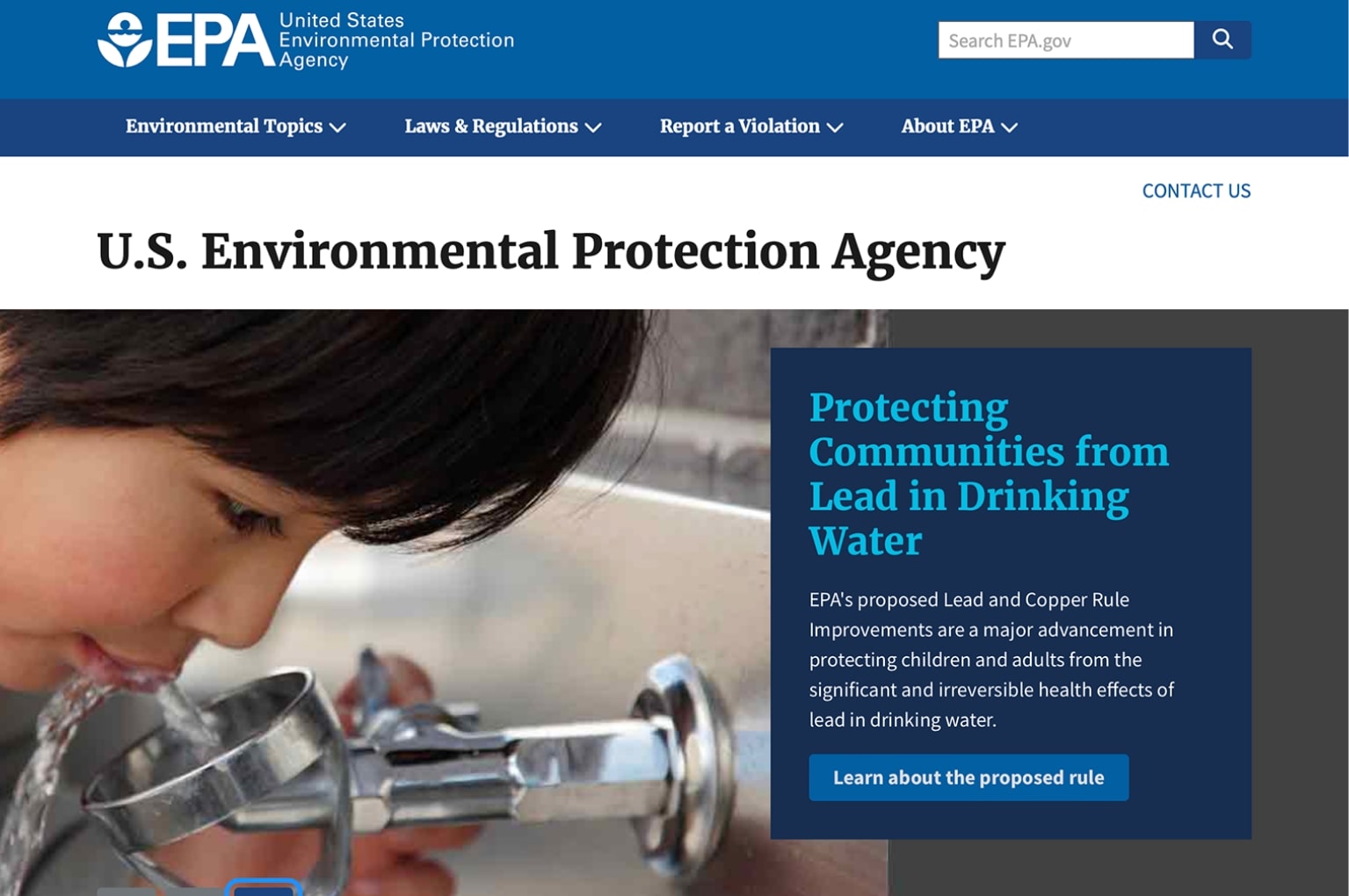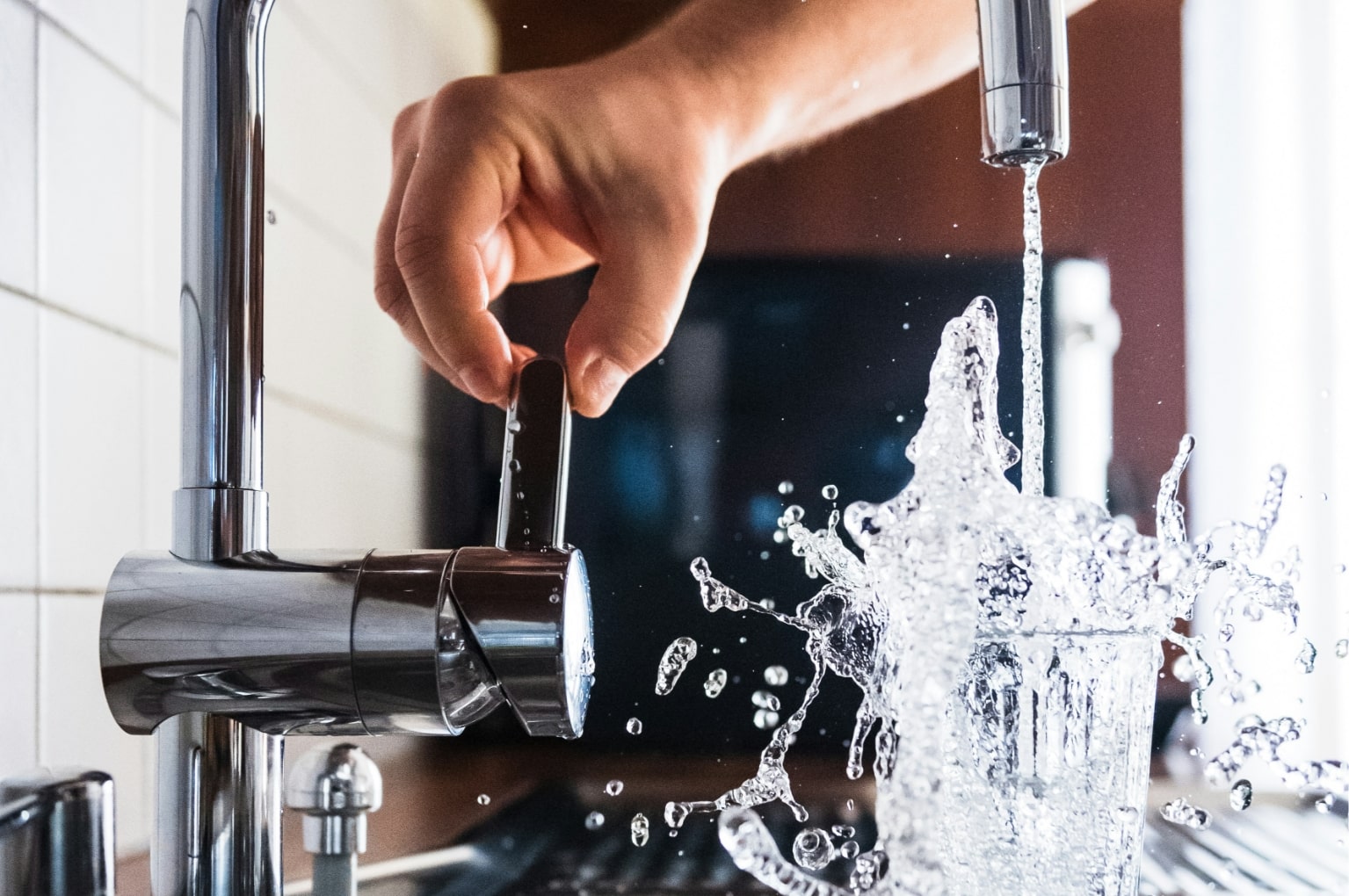Author: Ken Christopher | 7 min read | Oct 28, 2022

Amidst climate change and crises like the Flint, Michigan water debacle in 2014, the importance of EPA water quality and its standards has never been more evident.
From the free-flowing water from our faucets to the vast selection of bottled water at markets, ensuring access to clean, safe water is crucial.
But how do these standards work, and why are they so important? Let’s delve into the world of EPA water quality standards.

The Environmental Protection Agency (EPA) is an independent agency of the U.S. federal government, established in the 1970s by President Nixon.
Its main responsibility is protecting environmental and human health, which includes ensuring we have clean land, air, and water.

The Clean Water Act of 1972 was a pivotal response to the nation’s concerns about water health. It aimed to reduce water contamination and prevent water pollution.
Under this act, the EPA sets standards to ensure our drinking and utility water is safe. These include both primary and secondary regulations.
Learn More: Why Are Water Quality Standards Important?
Contaminant Classifications
The EPA classifies water contaminants into several categories:

Ignoring EPA water quality standards has its consequences. The Flint crisis is a reminder of how water quality issues can profoundly impact health and community wellbeing.
Non-compliance will lead to contaminated water, posing risks like lead exposure, Legionnaires’ Disease, and gastrointestinal problems.

The safety of your water depends on its source. Municipal water systems are generally regulated, but private wells require individual testing and maintenance.

The EPA sets water quality standards by assessing various parameters. These include pH levels, dissolved oxygen, nutrient levels, and contaminants.
Such assessments help maintain safe and healthy water for both human consumption and aquatic life.
The EPA’s criteria are based on the latest scientific knowledge about the impact of pollutants on health and the environment.
These guidelines are detailed in the EPA’s National Recommended Water Quality Criteria, which covers around 150 pollutants.
The Washington State Lake Protection Association reports that recent advancements in water quality monitoring technologies have greatly improved our ability to meet EPA standards.
Innovations include platforms like the Aqua TROLL, which monitors various water quality parameters in real-time. Biosensors and portable devices like the OASIS are also making strides in water quality assessment.
Additionally, satellite and drone imaging are being used for inaccessible water bodies, and machine learning and advanced sensors are revolutionizing water quality prediction and management.
At Rayne Water, we have been the one-stop shop for residential & commercial water treatment customers for nearly a century.
Community engagement is key to improving and maintaining water quality, meeting EPA water quality standards.
When communities get involved, they help shape water projects to be more beneficial.
This can include anything from upgrading facilities to creating new community resources, ensuring adherence to both primary and secondary EPA drinking water standards.
The benefits of community involvement are significant. It increases awareness about water quality issues, encourages residents to take responsibility, and holds local authorities accountable.
According to Save The Water, the United States Geological Survey and citizen groups provide crucial data for these efforts. The EPA supports these initiatives with resources and funding.
You Might Like: Water Pollution: Bad for Humans and Animals Alike
EPA water quality standards play a vital role in maintaining the safety and cleanliness of our water. However, despite EPA efforts, the risk of contamination remains, stressing the importance of regular water testing and filtration.
Rayne Water offers solutions to ensure your water meets both residential and commercial standards, from filtration systems to reverse osmosis solutions.
Trust us to provide you with the gift of life: pure, healthy water. Contact your local Rayne Water office today.